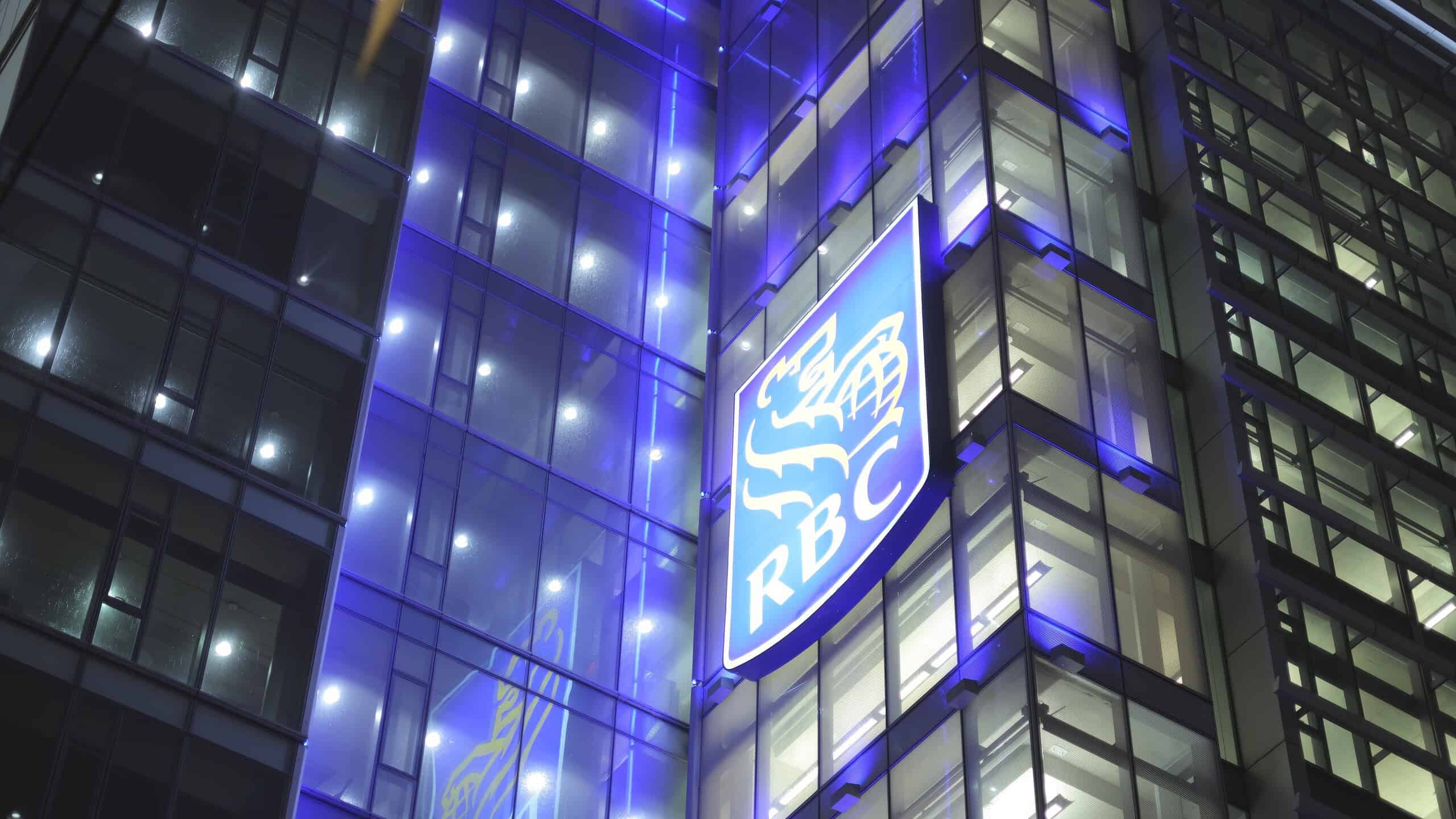Commercial banks are refining their models to reach new customers and markets.
The economic and geopolitical landscape is in flux because of the evolving US tariff policy. Heightened trade and financial market volatility, as well as inflation risk, have eroded consumer and business confidence. These factors require banking sectors to closely advise and guide their extensive consumer, wealth management, and corporate clients. Through disciplined execution, the institutions that earned a place in our ranking of the World’s Safest Commercial Banks remain well-positioned to advance their strategic agendas for franchise expansion.
A favorable interest rate environment due to accommodative central bank policy in most global regions may provide a boost in business volumes and loan origination. However, the buoyant equity markets that have supported the capital markets and wealth management business lines are cause for concern, given potentially inflated valuations, particularly in the technology sector. Banks also must contend with regulatory developments, especially in relation to the finalization and implementation of the new capital requirements of Basel III, known as the “Basel III endgame.”
Technology and digital transformation continue as many banks aggressively deploy generative artificial intelligence (GenAI) to more easily identify growth opportunities and cost efficiencies. GenAI can also help them to manage risks proactively. The possibilities for achieving productivity gains through GenAI are vast, with broad application across the banking sector. Advanced analytics, process automation, new-product development, and data and cybersecurity protection result in a more client-centric and resilient banking model. This involves the integration of AI-powered solutions and embedded data-driven decision-making into client platforms for seamless integration that improves the client experience.
As is the case every year, banks’ changing fortunes and trends resulted in rating-agency actions and consequent shifts in our rankings. In Canada, while Royal Bank of Canada topped the overall table again, Toronto-Dominion’s anti-money laundering deficiencies prompted both Moody’s and S&P to downgrade the bank, resulting in a drop in its ranking to No. 22 from No. 6 last year. National Bank of Canada’s progress in growing its franchise beyond its home market of Quebec resulted in an S&P upgrade that pushed the bank to No. 25 from No. 44.
Additional banks benefitted from upgrades, including Swedbank, which Moody’s raised to Aa2 from Aa3 in April 2025, boosting the bank’s rank to No. 18 from No. 24. In the US, Moody’s upgraded both Bank of New York Mellon and State Street to Aa3, improving their positions by over 10 places to No. 29 and No. 31, respectively.
Rating action at the sovereign level frequently has a follow-on impact on the banking sector. In December 2024, Moody’s downgraded France’s sovereign rating to Aa3 from Aa2. Additionally, the following were downgraded to A1 from Aa3: BNP Paribas (to No. 38 from No. 28), Crédit Agricole (to No. 39 from No. 29), and Banque Fédérative du Crédit Mutuel (fell to No. 40 from No. 30). BPCE, which held the No. 50 spot last year, was pushed out of the ranking due to new additions. These shifts made room for two new entrants this year: Denmark’s NyKredit Realkredit at No. 46 and UAE-based Abu Dhabi Commercial Bank at No. 47.
Methodology
Under our methodology for the World’s Safest Banks rankings, commercial banks that are majority state owned or receive sponsorship from their governments or regional bodies are excluded. Qualifying institutions may operate in the same markets as state-sponsored competitors but don’t benefit from government backing. Additionally, institutions that are wholly owned by their parent company are ineligible under our criteria.




